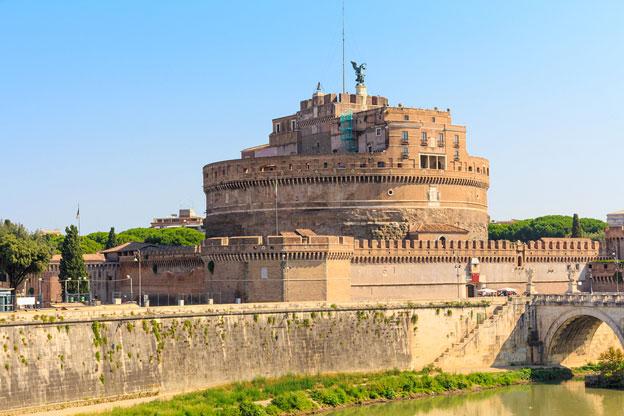An exhibition at Castel Sant'Angelo aims to make the building's historic function of mausoleum better known to the public.
While Castel Sant'Angelo is one of Rome's most recognized monuments, perhaps not many know that the impressive building was originally built as a mausoleum for Emperor Hadrian and his family, making it one of the city's largest funerary monuments.
Connected to Campo Marzio, a military neighborhood used for important State funerals through a bridge, the Mausoleum hosted the remains of Emperor Hadrian, as well as those of his successors, down to Caracalla.
“Apotheosis, from Men to Gods: The Mausoleum of Hadrian,” scheduled to run until April 27, aims to explain visitors the Mausoleum's historical significance through its architecture. It illustrates the origins and evolution of the creation of burial spaces for emperors and of their “deification”. It also features several important works, including the Ripacandida Jug, the Amiternum Relief, the Nantes Cameo, and Quinto Aurelio Simmaco’s Diptych in ivory, in addition to other depictions of emperors deified.
For more information, click here.











